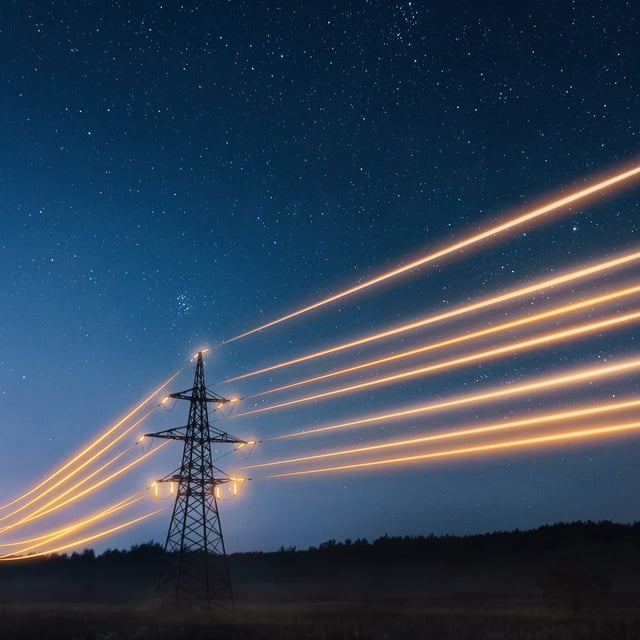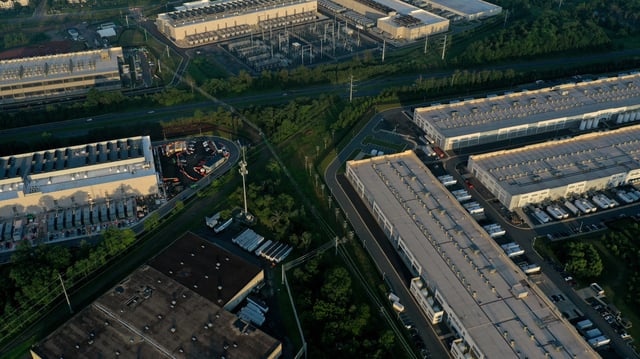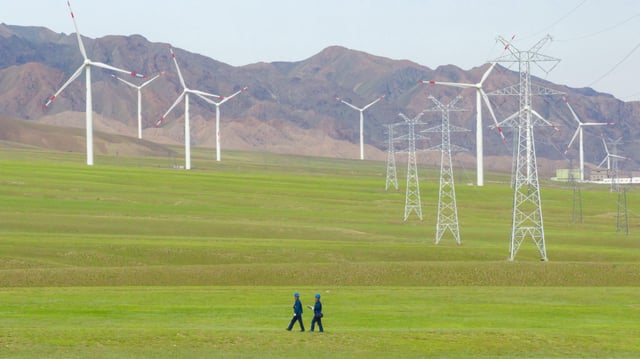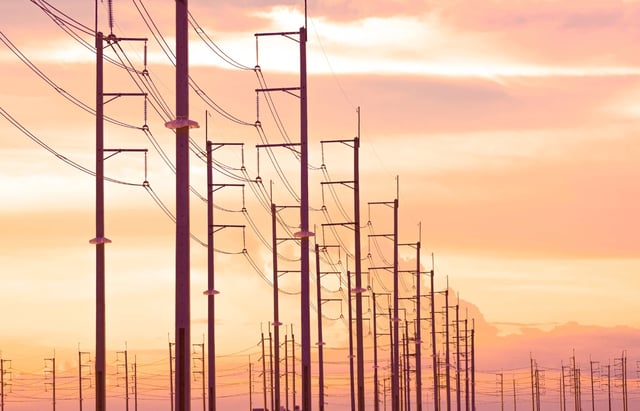Overview
- Department of Energy projections show data centers consuming about 4% of U.S. electricity in 2023 rising toward 12% by 2028, intensifying grid stress and driving utilities to seek major capacity additions.
- In July, the Public Utilities Commission of Ohio approved fixed-rate commitments requiring new data-center customers to cover at least 85% of contracted capacity and several tech companies filed appeals in early August.
- Average residential electricity bills have climbed roughly 30% since 2020 and are projected to rise another 8% by 2030 as utilities aim to recover the costs of transmission and substation upgrades.
- Amazon, Google, Microsoft and others have invested in generation assets—including renewables, gas turbines and small nuclear projects—and sold over $2.7 billion of power into wholesale markets over the past decade to secure baseload supply.
- Analysts warn that U.S. permitting delays and fragmented market rules could choke AI growth, contrasting with China’s decades-long overbuilding and reserve margins of 80%–100% that readily absorb new demand.



